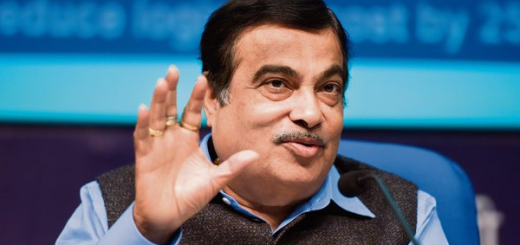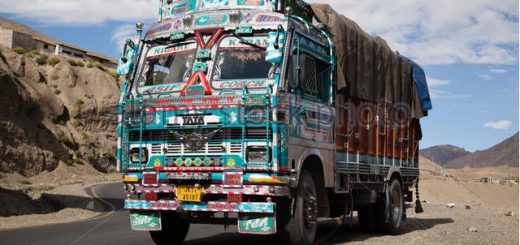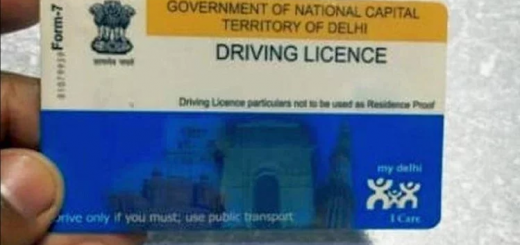GST has negligible impact on inter-state truck movement
The one-nation-one-tax Goods and Services Tax (GST) promised to improve the overall business and taxation environment in the country. But as per a latest report by research and analytic company CRISIL seems to point out that freight movement across the country has hardly benefited through the introduction of GST.
The report says, that truck movements has hardly improved by 25km per day after the removal of check-posts (post-GST). Incidentally, before the advent of the GST, the average trucker spent 3-6 hours at one check-post – to get documents verified, goods vetted and freight weighed by the state apparatus. This waiting time varied wildly across India, from a staggering 24 hours to as little as 20 minutes.
On the other hand, since the implementation of GST on July 1, 2017, with check-posts removed one would be hopeful that the freight movement would have sped-up. But there hasn’t been a significant speeding up of transport times. According to CRISIL Research’s interactions with fleet operators and its own calculations reveal that the net gain, at best, is only of around 90 minutes.
Reason
The research points out that many states, which now have to depend on the Centre to get their share of GST revenues, are using flying squads (manned by their Road Transport Organisation/Authority personnel) to stop vehicles on highways or at dismantled check-post zones to scrutinise the goods being transported, in an apparent attempt to corroborate their GST revenues.
It further says that before the implementation of GST, a typical freight truck which plyed on national highways crossed a state check-post once in two days, given average speed of 35km per hour in India, and averaged daily driving distance of 300km.
Since the advent of GST, trucks are plying an average 25km more every day (90 minutes gained x 35kmph every two days), or around 325km per day. Or 20 percent lesser than the 400km per day estimated before the implementation of GST.
Commenting on the report findings, Prasad Koparkar, senior director, CRISIL Research says, “Apart from this, there’s an unintended consequence, too: while trucks are reaching their destinations faster than before, their wait for freight has become longer because there isn’t a significant and concurrent increase in demand. This is leading to a fall in the utilisation rate of trucks, which, in turn, impacts demand for new trucks.”
CRISIL states that because fewer trucks are now required to move the same amount of goods because of the increase in the daily distance covered and a lack of material growth in freight demand. Its research expects this to impact original equipment manufacturers (OEMs, or truck makers).
Another impact has been on truck dealers. In the pre-GST era OEMs used to transfer a majority of their new trucks to their regional stock yards and a few to dealers in order to avoid Central Sales Tax (CST). Now, OEMs have started directly billing dealers for most of their sales. While this is a positive for OEMs because it reduces their working capital requirements, for dealers it is a negative for the opposite reason.
The Researchers believes GST has been a mixed bag for the commercial vehicles industry, commenting on the same, Binaifer Jehani, director, CRISIL Research, said: “For the full benefits of GST to be realised, it is critical that freight demand picks up in the coming quarters. Also, de facto checks on trucks need to end to further improve turnaround times. OEMs may also have to help out dealers facing a stretch in working capital because of being billed directly.”
Source: https://goo.gl/8uG4XZ





Recent Comments